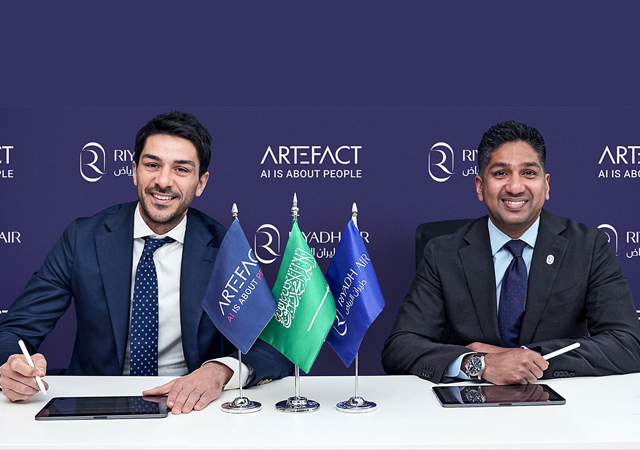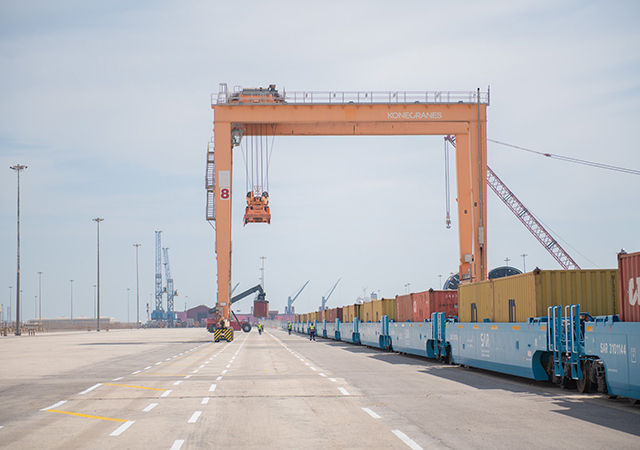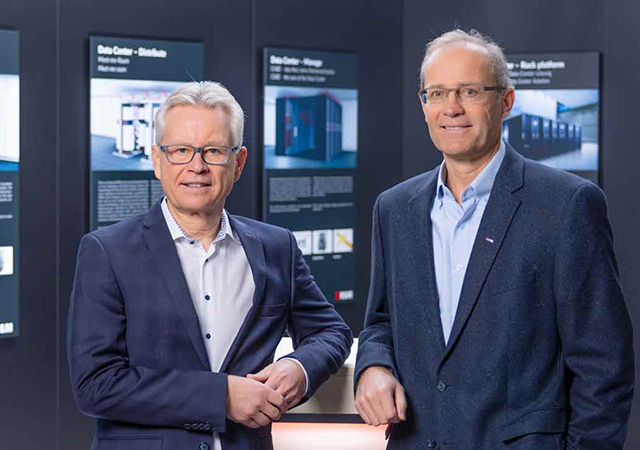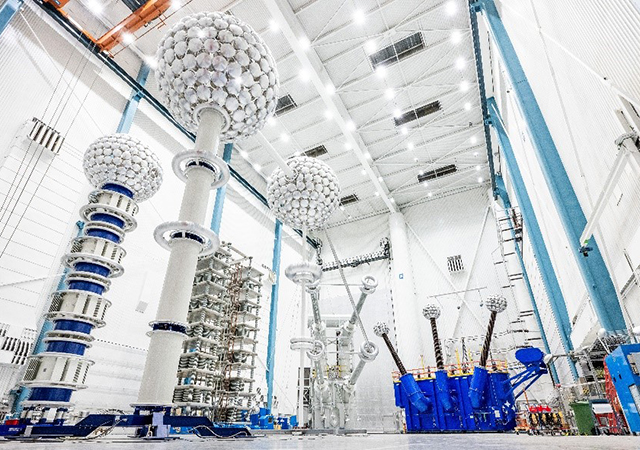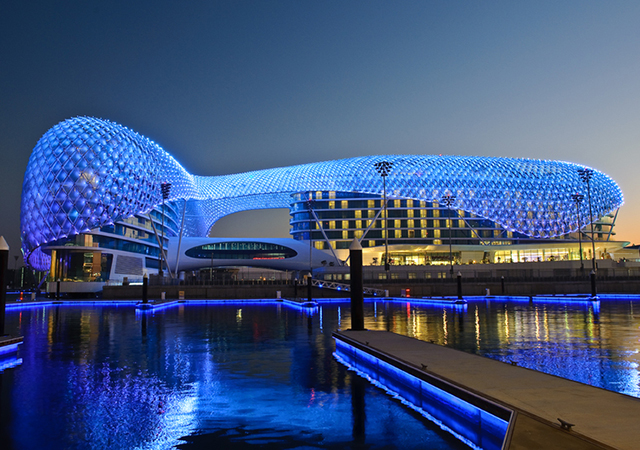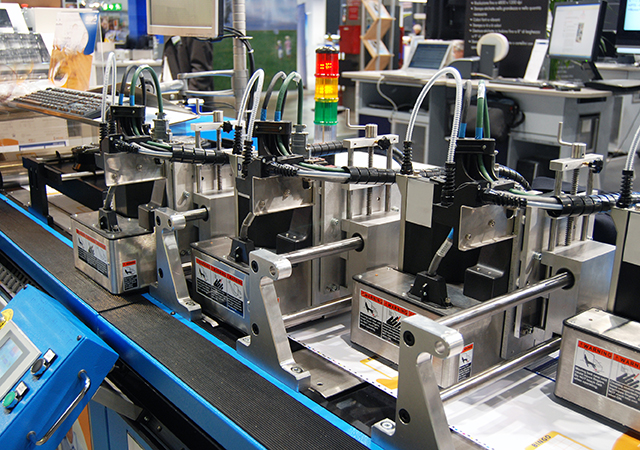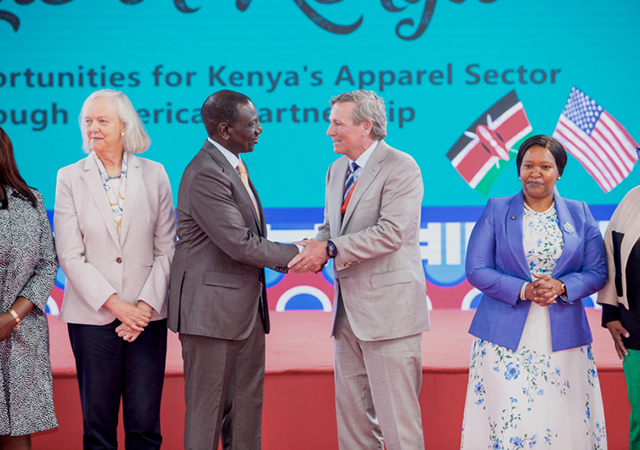
 Sadafco: inside Jeddah factory
Sadafco: inside Jeddah factory
Saudia Dairy and Foodstuff Company (Sadafco), a leading dairy and foodstuff producer, said it is building two new warehouses in the cities of Jeddah and Tabuk as part of its expansion plans in Saudi Arabia.
The projects, which are forecasted to have a positive impact on Sadafco’s profits, have an estimated value of SR162 million ($43.2 million), and will be fully financed by the company’s own resources generated through operations, according to a company statement.
Construction work on both the projects has already started and the one in Tabuk was scheduled to be completed by the end of 2017, while the Jeddah warehouse will be ready in 2018, it stated.
“Developing and maintaining our new warehouses across the kingdom is an important element in the value chain of Sadafco. Our commitment to constantly deliver an outstanding level of service excellence to our customers, undoubtedly, impacts our robust performance in the market as well as influencing results positively,” remarked its CEO Wout Matthijs.
“We want to further strengthen our growth path and performance in our industry and our new warehouse will help deliver this, as we will enhance servicing both the eastern and western provinces of the kingdom,” he stated.
“The new warehouses will provide long-term infrastructure solutions throughout the value chain, resulting in future cost savings, operational efficiencies and growth opportunities,” remarked Matthijs.
“Further updates on commencement, completion date of the projects and its progress will be announced as and when they occur,” he added.
 |
|
Matthijs: focusing on improving internal efficiencies |
Based in Jeddah, Sadafco operates sales and distribution depots in 24 locations across Saudi Arabia, Bahrain, Jordan and Kuwait. Saudia products are also exported to several countries in the Middle East and North Africa (Mena) region.
The company currently operates three ISO22000:2005-certified factories in Saudi Arabia, two in Jeddah and one in Dammam. All three factories also have ISO14001 and OHSAS18001 accreditation.
It reported a net profit of SR75 million ($20 million) in the second quarter of 2017, in comparison to SR81 million ($21.6 million) in the previous quarter.
The company also recorded sales of SR 441 million ($117.5 million) during the second quarter, compared to SR453 million ($120.7 million) in the first quarter of the year.
Despite the drop in overall consumption levels, Sadafco achieved consistent net margins in the second quarter of 2017 in line with the previous quarters of the year and previous year, said a statement from the company.
The material input costs continued to move up during the quarter as against previous periods and with the market witnessing sustained decline in consumption pattern, the combined effect impacted the top and bottom lines in absolute terms, it said.
Matthijs said: “It is challenging to attain sustained margin levels in a period of muted consumption and stagnant market conditions.”
“The additional price pressure from the surplus supply levels on the fresh milk side has contributed to top line squeeze, albeit, to a negligible extent,” he said.
“On the cost part, the global material input costs have continued their ascent, the effect of which we managed to balance through prudent scaling down on the other costs, while not compromising on our high quality standards,” he added.
Matthijs added that the company continued to maintain strong working capital ratios, revealing a healthy cash balance of SR526 million ($140.26) with zero leveraging.
He further added that the shareholder equity year-on-year (YOY) grew by 14.8 per cent, from SR1.283 billion ($342.11 million) in the second quarter of 2017 to SR1.119 billion ($298.38 million) in the same period previous year.
“We will continue our strong focus on improving internal efficiencies combined with seeking growth avenues that can benefit us in the long run, thereby creating more opportunities to enhance shareholders value,” Matthijs concluded.


